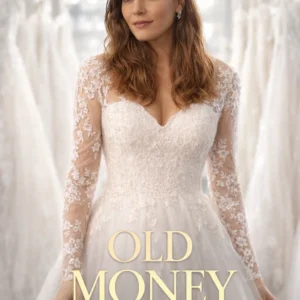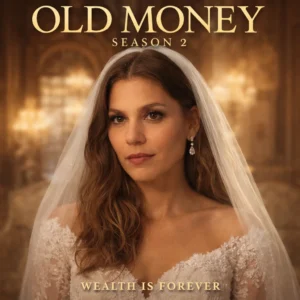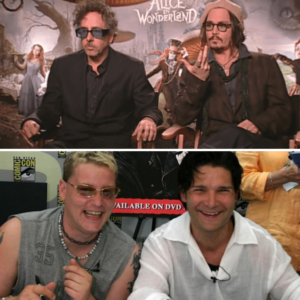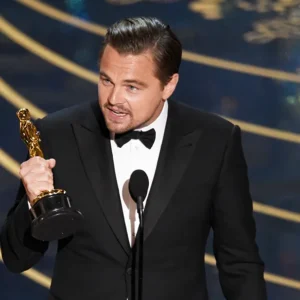MCU Avengers events like Infinity War and Endgame have been box office hits, but an earlier crossover made an ever bigger narrative impact.
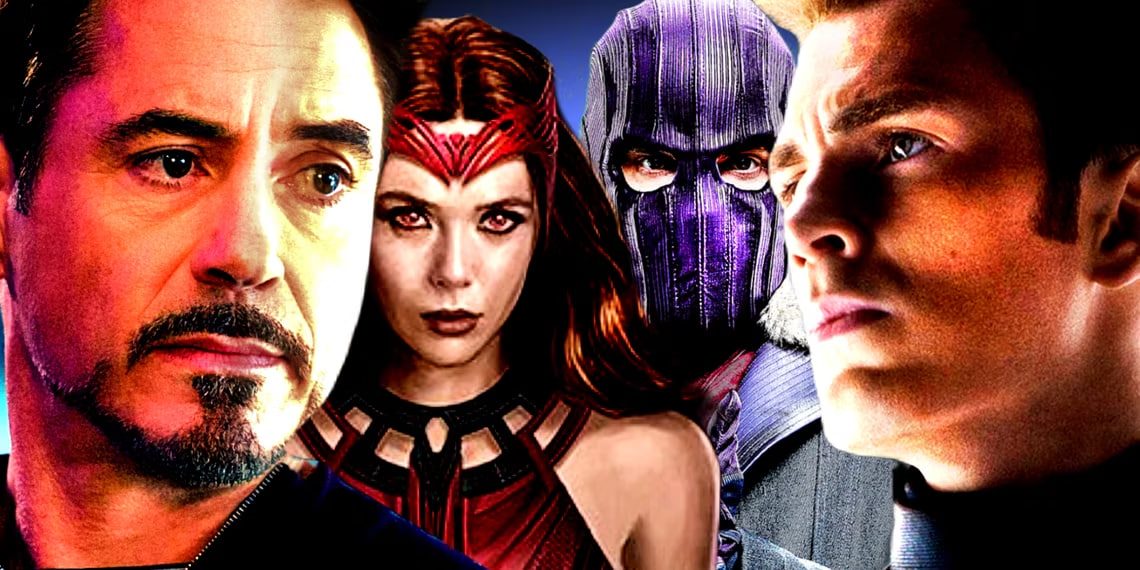
Although Avengers: Age of Ultron wasn’t as successful as the other Avengers movies, its impact on the whole MCU is still evident to this day. Once 2012’s The Avengers proved that the Marvel Cinematic Universe could succeed as an interconnected franchise, it was possible to raise the bar in following installments. Solo sequels like Iron Man 3, Thor: The Dark World, and Captain America: The Winter Soldier continued to build the MCU’s early timeline, leading to the adaptation of one of Marvel’s many famous comic book events: Age of Ultron.
Avengers: Age of Ultron’s $1.4 billion worldwide box office failed to match The Avengers’ $1.5 billion, and it pales in comparison to Avengers: Infinity War’s $2 billion and Avengers: Endgame’s $2.7 billion. Avengers: Age of Ultron also tends to rank low among the MCU’s 33+ movies. And unlike Loki, Thanos, and Kang, Ultron hasn’t been brought up again beyond an alternate-universe appearance in What If…?. However, Avengers: Age of Ultron is a key piece of the puzzle within the MCU, as multiple new movies and shows tie into its events in one way or another.
Age Of Ultron Kickstarted The MCU’s Magic Lore
Scarlet Witch Opened The Gate For MCU Magic And Sorcery
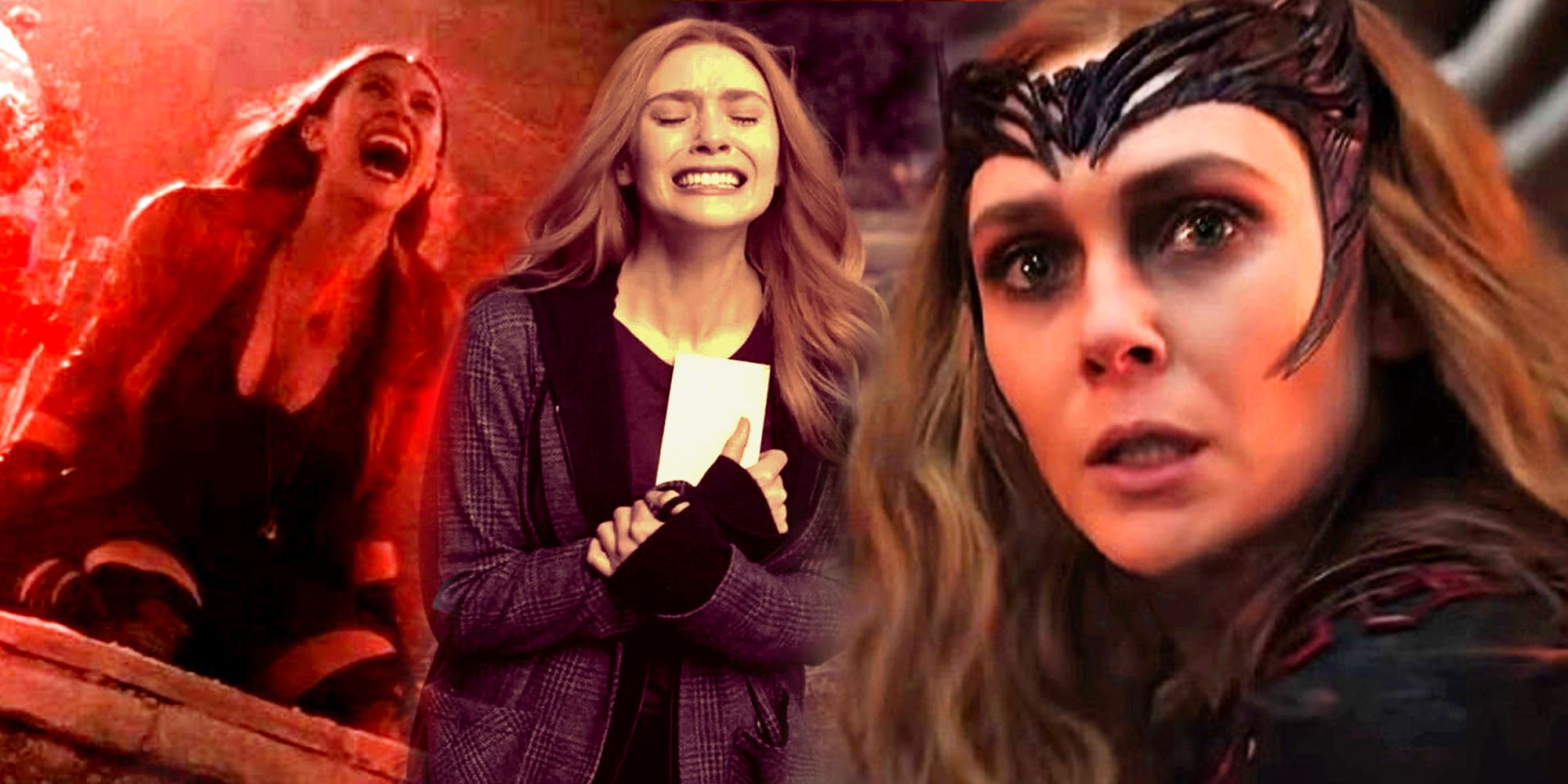
Scarlet Witch’s introduction marked the first time the MCU acknowledged the existence of witchcraft. At the time, Wanda Maximoff’s hexes were a huge leap between Phase 1’s relatively grounded take on superheroes and Phase 2’s full embrace of sorcery in Doctor Strange. Before Scarlet Witch’s debut in Avengers: Age of Ultron, Thor and Thor: The Dark World had leaned on Clarke’s Third Law to depict the God of Thunder’s cosmic corner of the MCU, with the approach that “any sufficiently advanced technology is indistinguishable from magic.” Once Scarlet Witch’s MCU journey began, it became easier for subsequent installments to dive deeper into fantastical elements.
Without Avengers: Age of Ultron , Scarlet Witch’s full potential wouldn’t probably have been discovered.
Scarlet Witch’s downward spiral also started as soon as Avengers: Age of Ultron introduced her. Wanda experienced the death of her twin brother Pietro, and the Battle of Sokovia provided the first glimpse at Scarlet Witch’s romance with Vision, who also made his debut in Avengers: Age of Ultron. Vision’s death would eventually cause Wanda’s chaos magic to run wild in WandaVision, where losing her children led her to embrace the Darkhold’s dark magic and wreak multiversal havoc in Doctor Strange in the Multiverse of Madness. Without Avengers: Age of Ultron, Scarlet Witch’s full potential probably wouldn’t have been discovered.
Age Of Ultron Set Up The MCU’s Next Cosmic Stories
Thor And Hulk Were Sent Off To Set Up Ragnarok And Infinity War
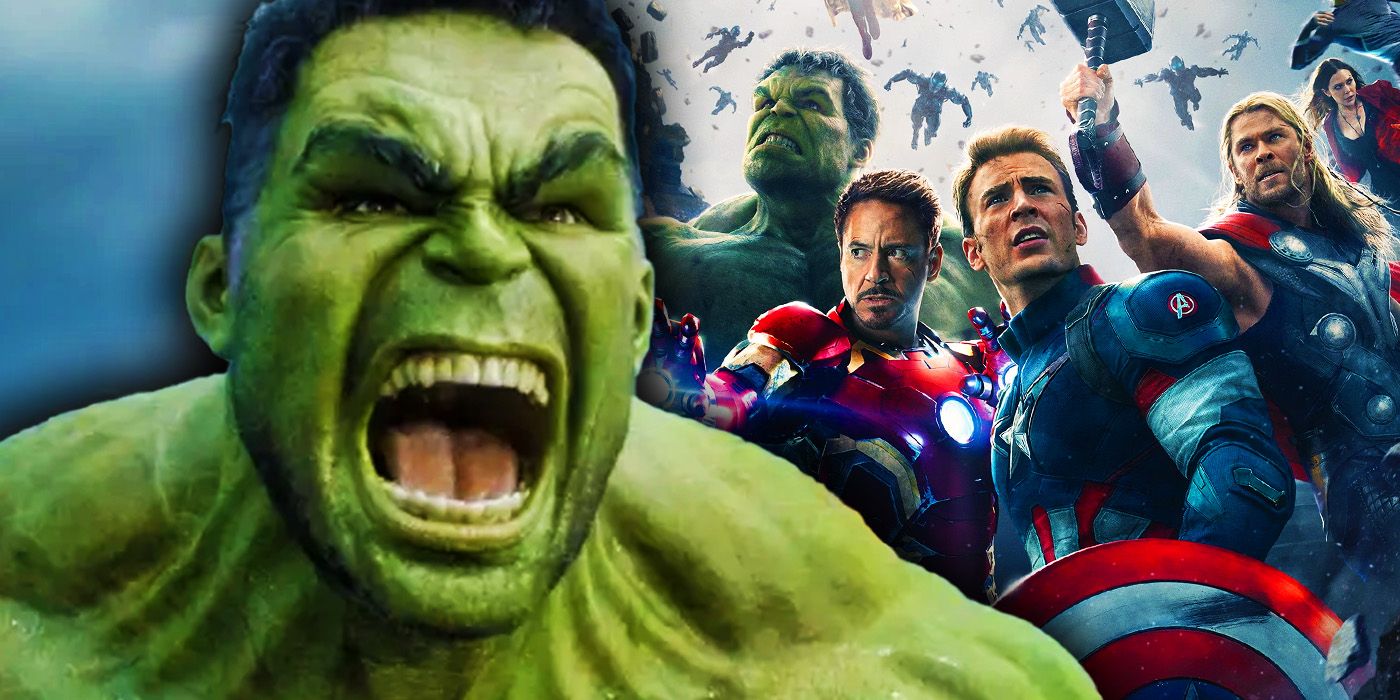
Avengers: Age of Ultron was a fully Earth-based event, but it set the stage for multiple cosmic storylines. First, Thor’s visions of the six Infinity Stones motivated him to search for them across the Nine Realms, which led him to kill Surtur and return to Asgard just in time to witness Hela’s return and Asgard’s destruction. Meanwhile, Hulk took the Avengers’ Quinjet and left the planet, falling through a wormhole and ending up in Sakaar, where the Grandmaster turned him into the undefeated winner of the Contest of Champions. Off-screen, Hulk also had a child named Skaar.
Skaar’s MCU introduction in She-Hulk: Attorney At Law confirms that Hulk still communicates with Sakaarians — an open door for more cosmic stories.
Thor and Hulk’s Avengers: Age of Ultron set-ups merged in Thor: Ragnarok, where they joined forces to stop Hela. Their shared defeat as Asgard experienced Ragnarok was also key to the events of Avengers: Infinity War, where Thanos beat Hulk into submission and sent Thor on a journey to forge Stormbreaker. Without Avengers: Age of Ultron, Thor probably wouldn’t have provided Hela with Surtur’s crown, and Bruce Banner wouldn’t have been able to warn Doctor Strange and Iron Man of Thanos’ impending arrival, which in turn could have affected the outcome of both Avengers: Infinity War and Avengers: Endgame.
Age Of Ultron Influenced The MCU’s Political Narrative
Sokovia’s Destruction Paved The Way For Civil War
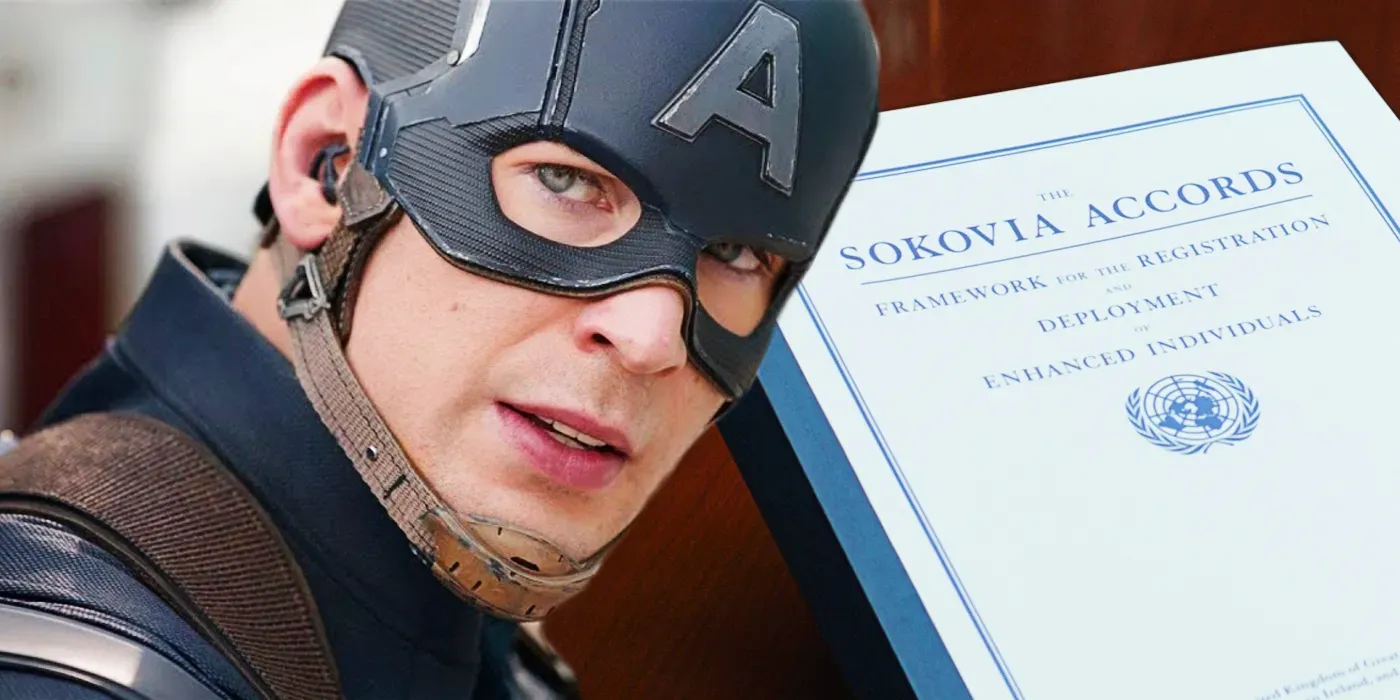
The clearest ramification of the Avengers’ fight against Ultron in Avengers: Age of Ultron was the creation of the Sokovia Accords, designed to force superheroes to take accountability for the collateral damage of their battles following Sokovia’s complete destruction. Avengers: Age of Ultron’s final battle became a central part of the MCU’s Infinity Saga after Ultron’s defeat. It motivated Helmut Zemo to take revenge for his family’s deaths, which led to the Winter Soldier’s return from the shadows, T’Chaka’s death and T’Challa’s arrival, Spider-Man and Ant-Man’s recruitment, and the Avengers’ failure to be ready when Thanos appeared.
The chain of events that Avengers: Age of Ultron unleashed eventually led to T’Challa’s decision to reveal Wakanda to the world, Zemo’s redemption, and Bucky Barnes’ pardon. While the Sokovia Accords ended up being scrapped, Sokovia’s destruction affected the public perception of superheroes, and villains like Mysterio and Valentina Allegra de Fontaine have taken advantage of it for their personal benefit, creating their own superheroes to manipulate the masses. On the other hand, heroes like Iron Man, Ant-Man, and She-Hulk have turned things around and become superhero celebrities.
Age Of Ultron Teased The MCU Mutants Introduction
Hydra’s Experiments With Quicksilver And Scarlet Witch Teased The MCU’s X-Gene
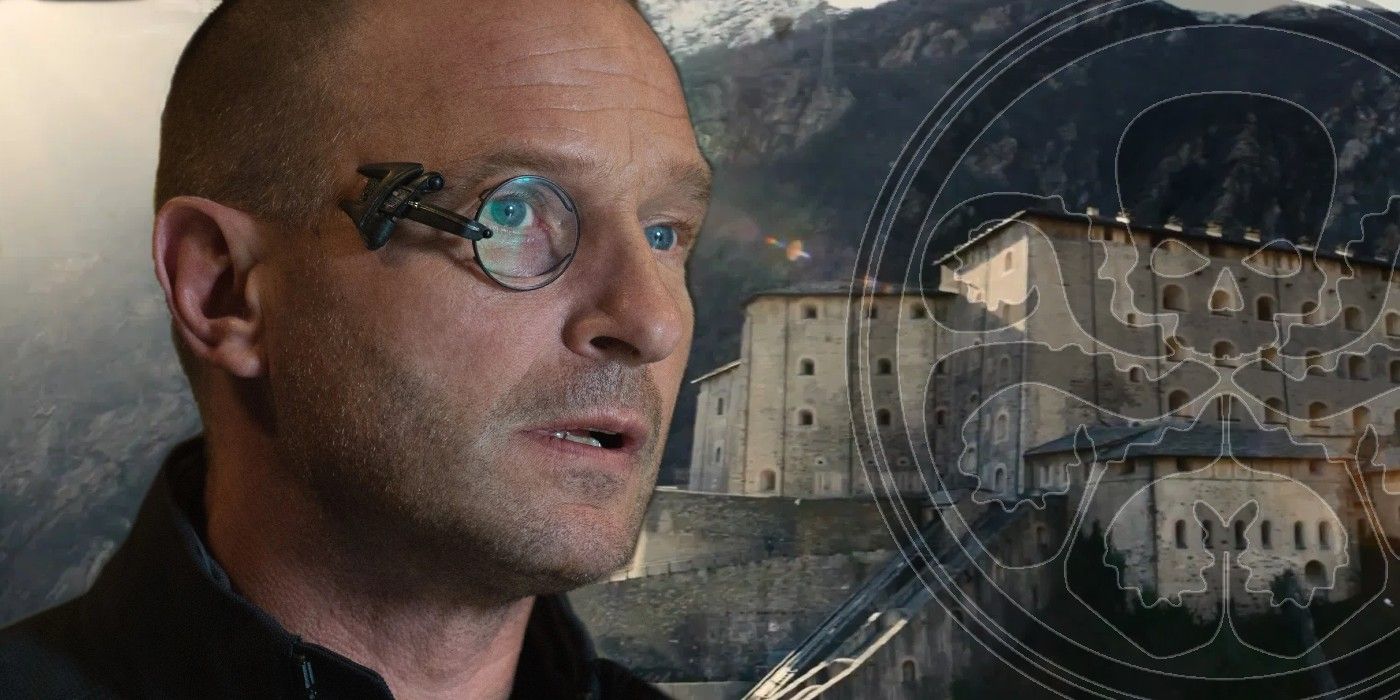
The MCU hasn’t officially introduced Earth-616 mutants, but various Multiverse Saga installments have made great strides towards their arrival with X-Men cameos and the confirmation of genetic mutations in MCU characters. The very first step towards MCU mutants, however, took place as early as Avengers: Age of Ultron. Wolfgang von Strucker’s Hydra faction experimented on hundreds of Sokovian test subjects with the Mind Stone, but only Pietro and Wanda Maximoff survived, with enhanced abilities. WandaVision confirmed that Wanda had innate abilities before Hydra’s experiments, suggesting that she and her brother already had a genetic mutation beforehand.
While Avengers: Age of Ultron never mentioned the X-Gene, the hints were clear. Other universes in the MCU multiverse have discovered the X-Gene much earlier than Earth-616. For instance, Charles Xavier was an established mutant in Doctor Strange in the Multiverse of Madness’ Earth-838 in time to defeat Thanos alongside the Illuminati, and Hank McCoy seems to be an active member of the X-Men in the universe where Monica Rambeau ended up during The Marvels’ post-credits scene. It’s just a matter of time until the MCU’s main universe puts the pieces together and revisits Avengers: Age of Ultron’s mutant set-up.
